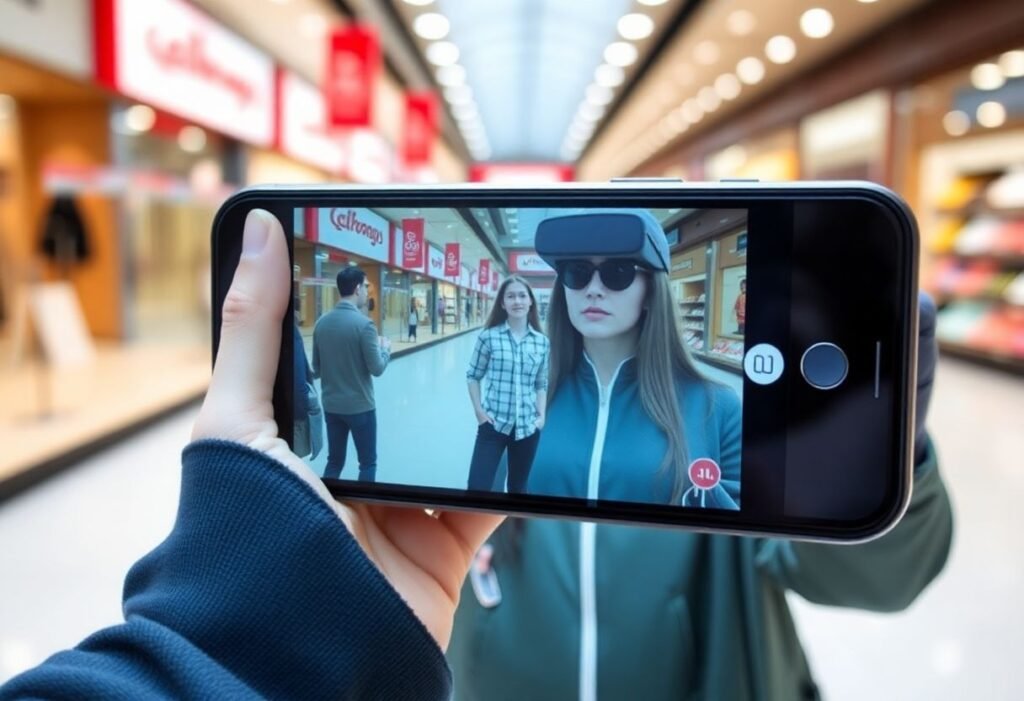Augmented Reality (AR) is revolutionizing the retail sector by enhancing customer experiences and providing innovative solutions that drive sales. Its integration into shopping environments creates immersive experiences that engage consumers like never before.
The Role of Augmented Reality in Retail
In recent years, Augmented Reality (AR) has emerged as a transformative technology in the retail sector. By allowing customers to visualize products in real-time and in their actual environment, AR enhances the shopping experience significantly. Retailers can integrate AR features into their apps and in-store displays, providing an interactive shopping journey. This engagement not only stimulates interest but also encourages purchases. Studies show that customers who engage with AR are more likely to convert, highlighting the effectiveness of this innovative approach.
Streamlining the Customer Journey
AR streamlines the customer journey by simplifying complex purchasing decisions. When consumers can try on clothes virtually or see how furniture fits in their homes through their phones, it minimizes hesitation and uncertainty. This technology reduces the risk of returns, as consumers have a clearer understanding of the product before making a purchase. Retailers adopting AR technologies are not only improving user satisfaction but are also positively impacting their bottom line by reducing return rates.
Creating Personalized Shopping Experiences
Personalization is key in today’s retail landscape. Augmented Reality provides retailers with the tools to offer customized experiences tailored to individual preferences. Through AR, brands can show personalized product recommendations based on consumer behavior and preferences, creating a unique shopping experience. This level of customization fosters customer loyalty and encourages repeat visits, making AR a pivotal tool for retailers aiming to stand out in a competitive market.
Enhancing Brand Engagement
Engagement is essential for brand loyalty, and AR technologies are stepping up in this area. By incorporating AR into marketing campaigns, brands can create memorable experiences that directly resonate with consumers. For example, interactive advertisements that allow potential buyers to visualize themselves using a product can significantly enhance engagement. As brand loyalty is built on memorable interactions, AR’s role in marketing will continue to grow.
Data Collection and Consumer Insights
AR tools also aid in gathering valuable data about customer preferences and behaviors. Retailers can analyze how customers interact with their AR features, gaining insights into which products are most appealing and how shoppers navigate their stores. This data can inform strategic decisions, from inventory selection to marketing strategies, helping retailers stay ahead of market trends and consumer demands.
The Future of Retail with Augmented Reality
The future of retail is undeniably intertwined with Augmented Reality. As technology continues to evolve, AR will likely become a standard retail tool. The innovation it brings not only enhances customer experience but also offers businesses a competitive edge. Adopting AR can set a retailer apart in a saturated market and address changing consumer expectations. Incorporating AR elements into future retail strategies will be crucial for staying relevant.
Disclaimer: This article is intended for informational purposes only. While every effort has been made to ensure accuracy, readers should conduct their own research.





















